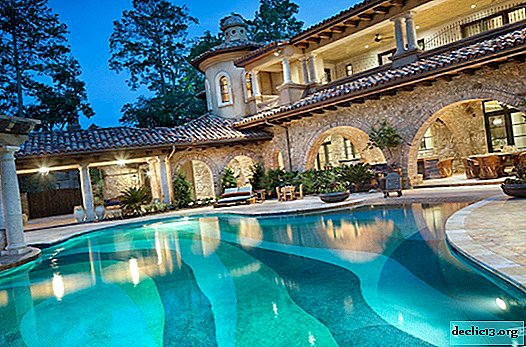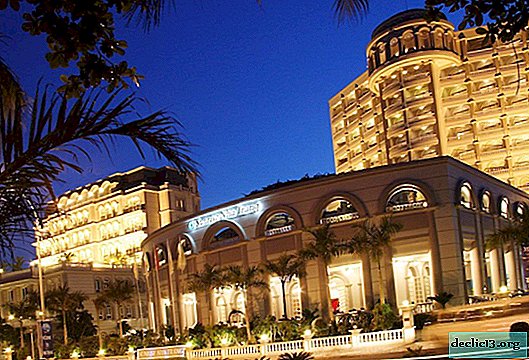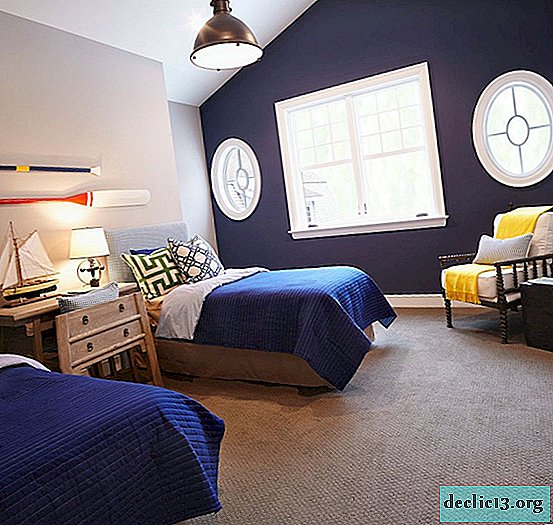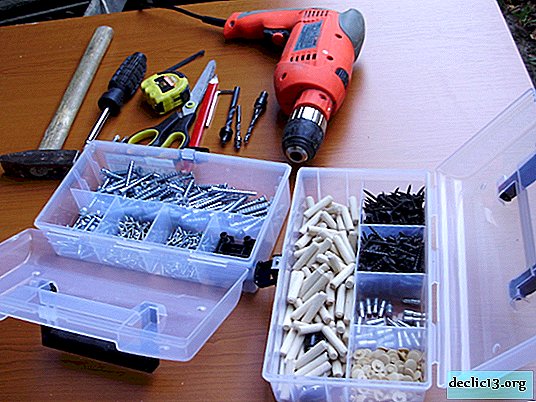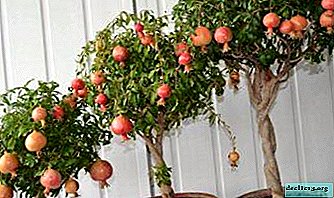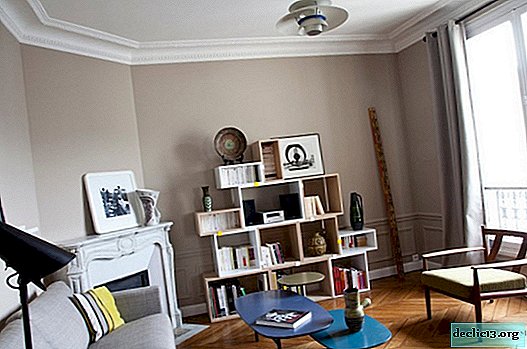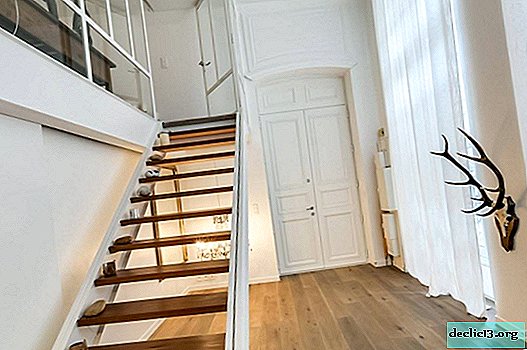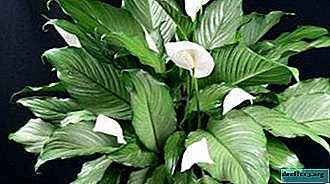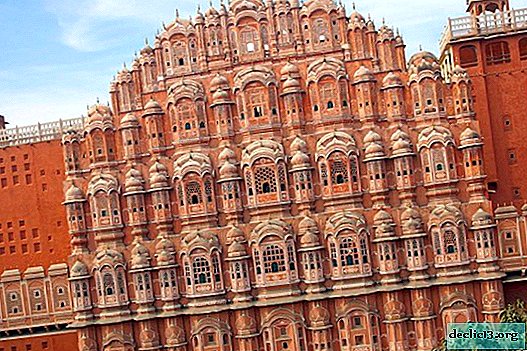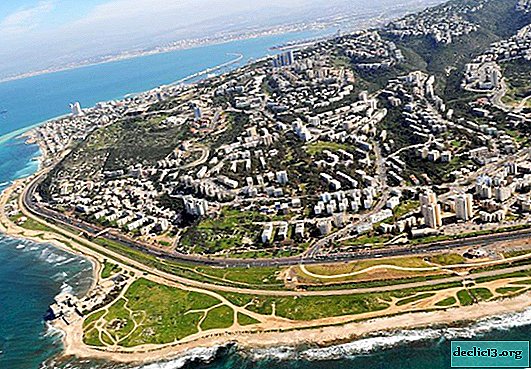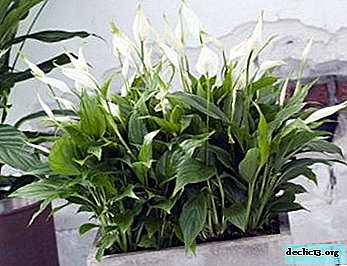Hasselt is a provincial town in Belgium
Hasselt (Belgium) - a small town with about 70 thousand people, it is the capital of the province of Limburg. Until the first third of the 19th century, the province occupied a much larger territory, covering part of modern Belgium and Holland. The capital of Limburg at that time was Mastricht. When Belgium gained independence, Limburg, accordingly, was divided into several parts. The administrative center of the Belgian province was the city of Hasselt.
Interesting fact! In 2004, the town received the title of the friendliest settlement in Flanders.

Photo: Hasselt (Belgium).
General information
Hasselt with all its appearance resembles an old, medieval settlement. The city is located on the banks of the Demer River and covers an area of slightly more than 102 square kilometers. It is noteworthy that the population speaks fluently in three languages - Dutch, German, French.
Helpful information! The journey from Brussels takes no more than one hour.

Hasselt is the most important transport hub on the map of Belgium. Here runs the E313, connecting the city with Europe. The railway lines from Hasselt diverge in four directions, undoubtedly, this contributes to an increase in tourist flow.
Historical excursion

The city of Hasselt was formed in the 7th century. The name of the settlement means "walnut forest." By the 12th century, the settlement in Belgium had become the richest city in the county of Lons and occupied the territory corresponding to the area of the modern province of Limburg. For 400 years, the settlement was ruled by the bishops of Liege. Dramatic changes took place in Hasselt from 1794 to 1830. During this time, the city was ruled by the French, Germans and Dutch. At the beginning of the 19th century, one of the most significant battles took place in Belgium, during which the Belgians won independence from the Netherlands. After 9 years, Hasselt became the main provincial city in Belgium.
Hasselt flourished in the 19th century, when a railway was built on its territory and the production of the legendary alcoholic beverage began. In 1940, the Albert Canal was opened in Belgium, which contributed to the development of the industrial complex. In 1971, the city university began its work.
It is important! Features of the city in Belgium are well-developed infrastructure, well-established transport links, vibrant nightlife, numerous historical monuments and shops for exciting shopping.
Hasselt Attractions
The city of Hasselt is notable for the accumulation of temples, churches, basilicas. Of great interest are: the largest Japanese garden in Europe and the gin museum.
Japanese garden
An interesting and picturesque landmark of Hasselt, located on 2.5 hectares of land near the Kapermolen Park. In the northeastern part of the city in Belgium, a quarter of a thousand Japanese cherries are planted. The Japanese Garden was donated to the Belgian city by the Japanese city of twin Itami.
The Hasselt Japanese Garden is decorated in a classic style that was used in the Land of the Rising Sun in the 17th century. People come here for solitude and comfort. The garden was created over seven years.
Colorful events about the life of Japan are regularly held here, and in April you can enjoy the flowering of all cherry trees. If you want to attend the tea ceremony, you must reserve a place in advance.

Helpful information: You can visit the garden from April to October. Visit time:
- from Tuesday to Friday - from 10-00 to 17-00;
- on weekends and holidays - from 14-00 to 18-00.
Monday - output.
Entry cost for adults - 5 €, children under 12 years old walk in the garden for free.
Henkenrode AbbeyBelgium's landmark is 6 km from the city's train station. The name consists of two words of Celtic origin:
- arica - a stream;
- kind - open.

The influential abbey opened at the beginning of the 12th century. Later, representatives of the Cistercian order settled in it, and a hundred years later it became the largest women's abbey.
In the 16th century, the abbey was looted as a result of the attack, but was restored several years later. After this, the number of parishioners increased, the territory of the abbey expanded.
In 1998, the buildings were restored. Unfortunately, the first buildings dating from the 12th century could not be preserved. Today, tourists can stroll among the buildings of the 15-17th centuries.
Useful information: you can visit the abbey every day except Monday from 10-00 to 17-00. The attraction is open from April to the end of October. You can go to the abbey half an hour before its closure - at 16-30.
Rates:
- adult ticket - 7 €;
- teenagers from 12 to 18 years old - 4 €;
- Children under 12 years old admission free.
Persons with disabilities and senior citizens over 65 receive a discount.
Gin MuseumGin is an alcoholic drink that is also called juniper vodka. Properly prepared drink has a dry, balanced taste. It is believed that gin has a fairly sharp, strong character.
On a note! The drink, which is produced in Belgium, is recognized as the most fragrant, strong in taste all over the world.

The museum is located in a building owned by the Franciscan monastery. He moved to a private owner in the 19th century, since then a gin factory was located there until the middle of the 20th century. For a long time, the building was not operated, but in 1983, at the direction of the local authorities, restoration began. After 4 years, a drink museum was opened here.
Feature of the attraction - historical premises are reliably recreated here. In addition, tourists are shown old equipment.
It is interesting! This is the only place in Belgium that runs on an ancient steam engine.

During the tour, you can get acquainted with the gin production process, try a drink and even buy a bottle. By the way, in the tasting room there are more than 140 types of alcoholic drinks. There is an interesting collection of gin related items - dishes, labels, jugs, posters
Useful information: the cost of a full ticket (for adults) is 4.5 €, for pensioners - 3.5 €, for youth (12 to 26 years old) - 1 €, for children under 12 years of age, admission is free.
Visit time:
- from April 1 to November 1, the institution is visited daily except Monday from 10-00 to 17-00;
- From November to the end of March, you can visit the institution from 10-00 to 17-00 (Tuesday to Friday), and on weekends - from 13-00 to 17-00.
Monday - output.
Park Plopsa Indoor
There are attractions and entertainment for children of any age and parents. Attraction "Pirate" - an analogue of a roller coaster. Cars at breakneck speed fly through the cave, next to the cliffs.
You can tickle your nerves at the Mayak attraction - guests are raised high up and lowered at great speed. And the CrookedBarge attraction is loved by all children, because here you can shoot cannonballs. On a raft, with a rope, visitors cross to the opposite shore.

For lovers of dancing, there is a dance floor, where a good mood and absolute freedom of movement are guaranteed. Another fun attraction for children is the Toad carousel. Kids enjoy riding ducks and boats, while older children ride camomile and toy cars.
You can grab a bite to eat in the café or dining room, where sweet pancakes with chocolate paste and sandwiches are served here. The restaurant invites you to have a tasty and satisfying meal, the menu has pasta and national Belgian dishes.

Price of visit depends on the height and age of the visitor:
- below 85 cm, admission is free;
- height from 85 to 100 cm entrance 9.99 €;
- above 100 cm entrance 19,99 €;
- visitors over 70 years old will cost € 9.99.

The main cathedral of the city diocese is located on Wismarck Square. This is the historical part of the city, the oldest - it was here that the first settlements appeared, they in the future grew to the scale of the city.
In the external design of the facade of the building, several styles are clearly visible, this is due to the fact that over the long history of its existence the cathedral was repeatedly reconstructed and rebuilt. The lower part of the building is decorated in the Romanesque style (12th century), the tower, towering to a height of more than 60 meters, is made in the Gothic style, the chapels are built of traditional brick. The spire of the main tower was replaced in 1725; it was damaged by a lightning strike.
Note! The cathedral is recognized as the richest throughout the province. The temple is decorated with a carillon, created from 47 bells.
The museum has opened a carillon museum, tourists are told about the methods of casting bells, the technique of playing them, demonstrate the tools necessary for the care and repair of the clock on the tower.
One of the most popular attractions in the city of Hasselt in Belgium is located at Fruitmarkt (historic center).Find out RATES or book any accommodation using this form
How to get from Brussels
The distance between Brussels and Hasselt is only 70 km, regular connections are established between the two cities - rail and bus.
Compare accommodation prices using this form

Trains leave every 40 minutes. Ticket price in a second-class carriage - 13.3 euros, and in a first-class carriage - 20.4 euros.
You can get acquainted with the current timetable, fare, and book a ticket on the official website of the railway www.belgianrail.be.
Buses depart less frequently, but travel costs less.
By car
If you travel by your own transport, follow the E314 motorway from Brussels in the direction of Aachen. Upon reaching the Lummen junction, change onto the E313 motorway, next in the direction of Liège.
A fascinating and picturesque journey awaits those who follow from Brussels through Leuven, Dist and to Hasselt.
Prices and schedule on the page are for January 2018.
The city of Hasselt (Belgium) is a beautiful medieval village, which will introduce the history of the country, surprise with original architecture and fascinating attractions.
What does Hasselt look like to transmit the video better - see if you are going to visit this city of Belgium.

